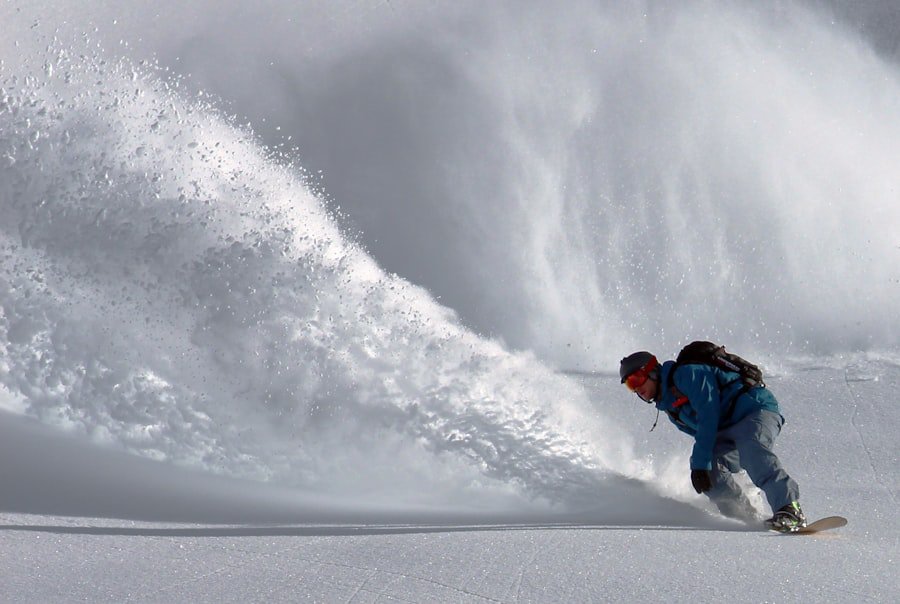Baby powder has long been a staple in many households, used for a variety of purposes such as keeping babies dry and preventing diaper rash. However, in recent years, there has been a growing controversy surrounding the safety of baby powder. Concerns have been raised about the potential health risks associated with its use, particularly in relation to cancer. It is important for parents and caregivers to understand these potential risks in order to make informed choices about the use of baby powder.
Understanding the Ingredients in Baby Powder
Baby powder typically contains two main ingredients: talc and fragrance. Talc is a mineral that is composed of magnesium, silicon, and oxygen. It is used in baby powder because of its ability to absorb moisture and reduce friction on the skin. Fragrance is added to give the powder a pleasant scent.
However, both talc and fragrance have been linked to potential health risks. Talc has been found to contain small amounts of asbestos, a known carcinogen. Asbestos exposure has been linked to various types of cancer, including lung cancer and mesothelioma. Fragrance, on the other hand, can contain a variety of chemicals that may be harmful to human health.
The Link Between Talcum Powder and Cancer
The most significant concern surrounding baby powder is the link between talcum powder and cancer. Several studies have found an association between talcum powder use and an increased risk of ovarian cancer in women. The International Agency for Research on Cancer (IARC) has classified talc as “possibly carcinogenic to humans” when used in the genital area.
The exact mechanism by which talcum powder may cause cancer is still not fully understood. It is believed that talc particles can travel through the female reproductive system and reach the ovaries, where they can cause inflammation and DNA damage. This can eventually lead to the development of cancer cells.
However, it is important to note that the link between talcum powder and cancer is still a topic of debate. Some studies have found no association between talcum powder use and ovarian cancer, while others have found a weak or modest association. The controversy surrounding this link has led to lawsuits against companies that manufacture talcum powder products.
Alternatives to Talcum Powder for Babies
Given the potential risks associated with talcum powder, many parents are seeking alternatives to use on their babies. Fortunately, there are several options available that can provide similar benefits without the potential health risks.
One alternative to talcum powder is cornstarch. Cornstarch is a natural ingredient that is derived from corn. It has similar absorbent properties to talc and can help keep the skin dry. Another option is arrowroot powder, which is made from the root of the arrowroot plant. It is also absorbent and can help prevent diaper rash.
Both cornstarch and arrowroot powder are generally considered safe for use on babies. However, it is important to check the labels of these products to ensure that they do not contain any additional ingredients that may be harmful.
Safety Concerns for Infants and Young Children
When using baby powder on infants and young children, there are additional safety concerns that need to be taken into consideration. Babies have delicate skin that is more prone to irritation and allergic reactions. Therefore, it is important to choose a baby powder that is specifically formulated for their sensitive skin.
In addition, there is a risk of accidental inhalation or ingestion when using baby powder on infants and young children. Babies have a tendency to put their hands in their mouths, which can lead to ingestion of the powder. Inhalation can occur when the powder becomes airborne during application.
To minimize these risks, it is recommended to apply baby powder away from the baby’s face and avoid using excessive amounts. It is also important to keep the powder out of reach of children to prevent accidental ingestion.
Risks of Inhaling Baby Powder Particles

Inhaling baby powder particles can pose potential health risks, especially when it contains talc or other harmful ingredients. When the powder is applied, it can become airborne and easily inhaled into the lungs. This can lead to respiratory irritation and inflammation.
Long-term exposure to baby powder particles can also have more serious health effects. Studies have suggested that inhaling talc particles may increase the risk of respiratory conditions such as asthma and chronic obstructive pulmonary disease (COPD). In addition, talc particles have been found in lung tissue samples of individuals with lung cancer.
To minimize the risk of inhaling baby powder particles, it is recommended to apply the powder in a well-ventilated area and avoid using it near the face. It is also important to choose a baby powder that is free from talc and other potentially harmful ingredients.
Potential Health Risks for Adults Who Use Baby Powder
While baby powder is primarily marketed for use on infants, many adults also use it for various purposes such as personal hygiene and as a dry shampoo. However, there are potential health risks associated with adult use of baby powder, particularly in relation to ovarian cancer.
Several studies have found an association between genital talcum powder use and an increased risk of ovarian cancer in women. The particles can travel through the female reproductive system and reach the ovaries, where they can cause inflammation and DNA damage. This can eventually lead to the development of cancer cells.
However, it is important to note that the link between talcum powder and ovarian cancer is still a topic of debate. Some studies have found no association, while others have found a weak or modest association. The controversy surrounding this link has led to lawsuits against companies that manufacture talcum powder products.
The Role of Regulatory Agencies in Baby Powder Safety
Regulatory agencies play a crucial role in ensuring the safety of baby powder and other consumer products. In the United States, the Food and Drug Administration (FDA) regulates cosmetic products, including baby powder. However, it is important to note that the FDA does not have the authority to require pre-market approval of cosmetic products or to conduct safety testing.
The controversy surrounding baby powder safety has raised questions about the effectiveness of regulatory agencies in protecting public health. Critics argue that more stringent regulations are needed to ensure the safety of consumer products, while others believe that the current regulatory framework is sufficient.
In recent years, there have been calls for increased transparency and accountability in the regulation of baby powder. Some advocacy groups have called for stricter labeling requirements and mandatory safety testing of cosmetic products. It remains to be seen how regulatory agencies will respond to these concerns.
Tips for Safe Use of Baby Powder
While there are potential risks associated with baby powder use, there are steps that can be taken to minimize these risks and ensure safe use.
Firstly, it is important to choose a baby powder that is specifically formulated for infants and does not contain talc or other potentially harmful ingredients. Reading the labels and understanding the ingredients is crucial in making an informed choice.
Secondly, it is recommended to apply baby powder away from the face and avoid using excessive amounts. This can help minimize the risk of accidental inhalation or ingestion.
Lastly, it is important to store baby powder out of reach of children to prevent accidental ingestion. Keeping it in a secure location can help ensure that it is not accessible to curious little hands.
Making Informed Choices About Baby Powder Use
The controversy surrounding the safety of baby powder has raised important questions about its use and potential health risks. While there is still ongoing debate about the link between talcum powder and cancer, it is crucial for parents and caregivers to be aware of the potential risks and make informed choices.
Choosing alternative powders that do not contain talc or other potentially harmful ingredients can provide a safer option for babies and adults alike. Additionally, following best practices for safe use, such as applying the powder away from the face and avoiding excessive amounts, can help minimize the potential risks.
Ultimately, it is up to individuals to weigh the potential benefits and risks of using baby powder and make decisions that are best for themselves and their families. By staying informed and taking necessary precautions, parents and caregivers can ensure the safety and well-being of their loved ones.



